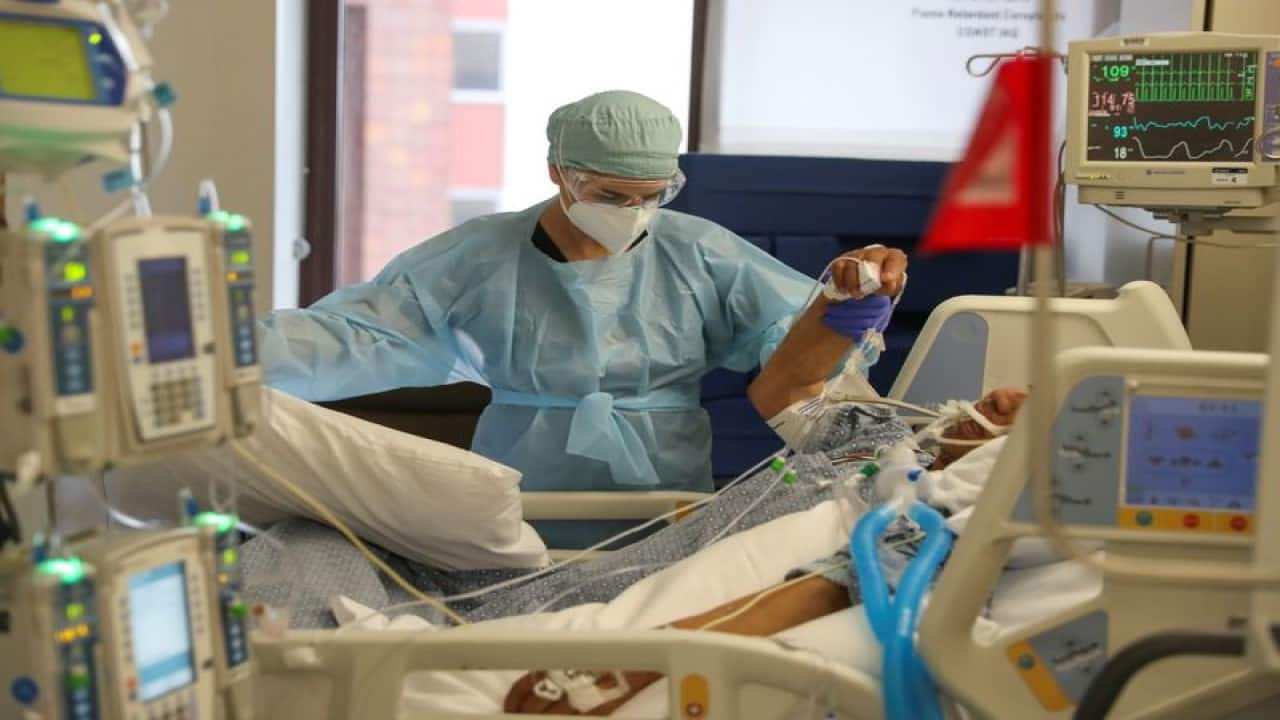India’s biggest COVID-19 facility, nearly ten times that of China’s Leishenshan facility, is set to open this week in South Delhi. It is as large as 15 football fields and can accommodate more than 10,000 coronavirus patients at a time, according to a Hindustan Times report.
“This would be 10 times bigger than the temporary field facility that was set up for novel coronavirus patients in China’s Leishenshan, which could accommodate 1,000 patients,” the report stated quoting a senior Home Ministry official.
The facility located in Chattarpur area will be run by medical personnel from the Indo-Tibetan Border Police (ITBP). It has been named the Sardar Patel COVID Care Centre and Hospital,
For live updates on coronavirus, click here
The deadline to make the first 2,000 beds available at the COVID-19 facility is June 25, while the remaining beds will likely be arranged by July 3. Once all the 10,200 beds are operational, 800 general doctors would be required at the facility along with 70 specialist doctors and 1,400 nurses.
Earlier in June, when coronavirus cases in Delhi had begun increasing rapidly all of a sudden, the Home Minister had asked Lieutenant Governor Anil Baijal to urge the voluntary sector to help increase the national capital’s capacity to accommodate and treat COVID-19 cases. A spiritual organisation that had earlier helped migrants during the coronavirus lockdown period, was the first one to respond. They had told the government that they would be willing to provide meals to the coronavirus patients.
To follow our full coverage on coronavirus, click here
Discover the latest Business News, Sensex, and Nifty updates. Obtain Personal Finance insights, tax queries, and expert opinions on Moneycontrol or download the Moneycontrol App to stay updated!










